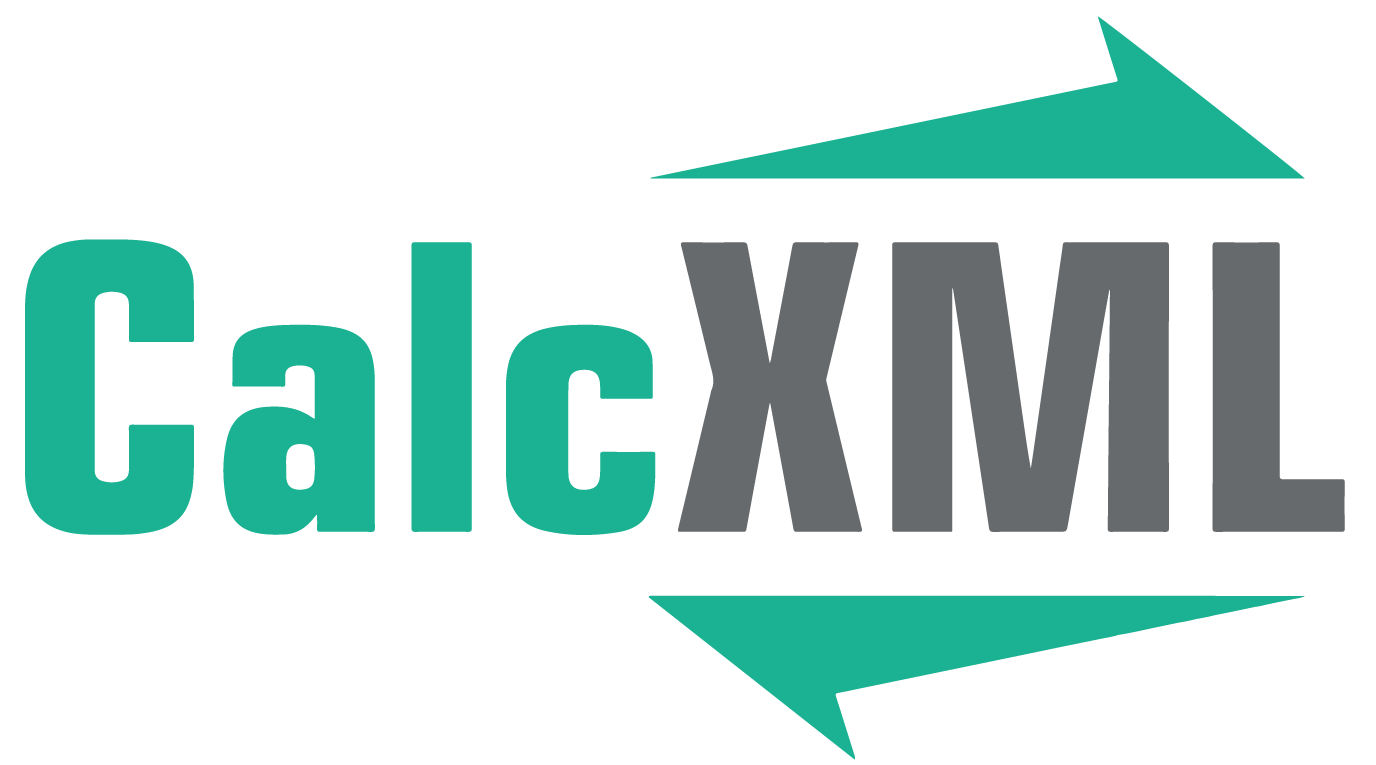The Impact Of Making Extra Payments On My Debt
What is the impact of making extra payments on my debt?
Over the course of a loan amortization you will spend hundreds, thousands, and maybe even hundreds of thousands in interest. By making a small additional monthly payment toward principal, you can greatly accelerate the term of the loan and, thereby, realize tremendous savings in interest payments. Use our extra payment calculator to determine how much more quickly you may be able to pay off your debt.
This information may help you analyze your financial needs. It is based on information and assumptions provided by you regarding your goals, expectations and financial situation. The calculations do not infer that the company assumes any fiduciary duties. The calculations provided should not be construed as financial, legal or tax advice. In addition, such information should not be relied upon as the only source of information. This information is supplied from sources we believe to be reliable but we cannot guarantee its accuracy. Hypothetical illustrations may provide historical or current performance information. Past performance does not guarantee nor indicate future results.






